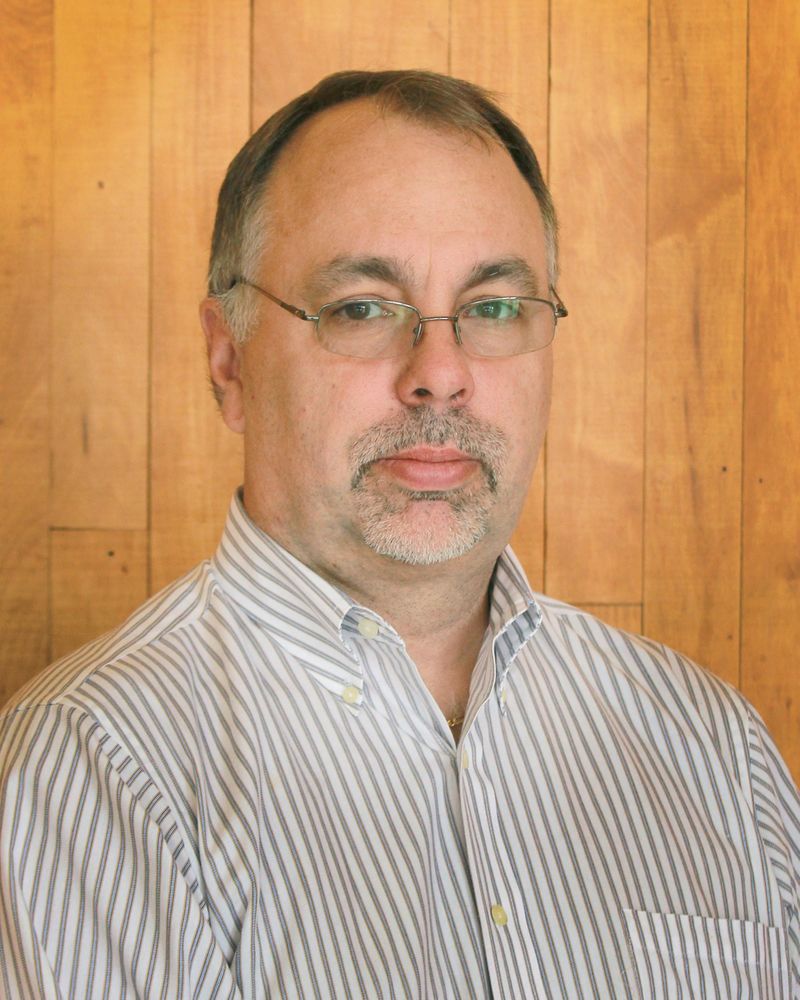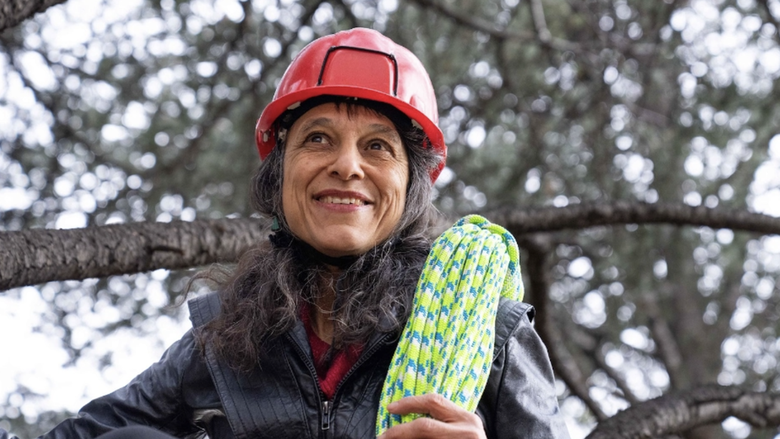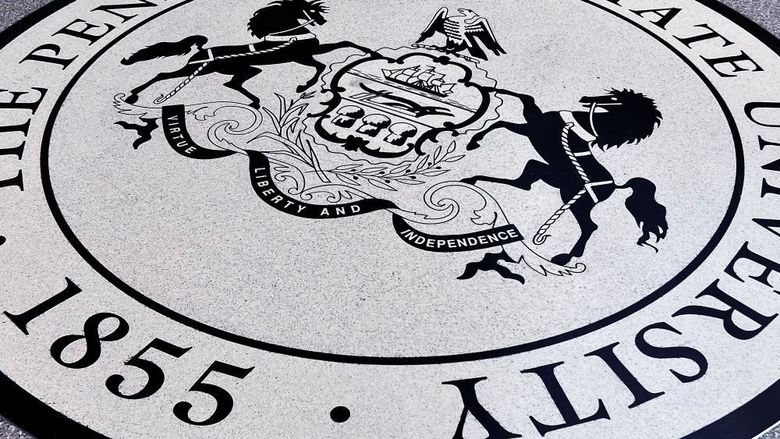UNIVERSITY PARK, Pa. — For more than a decade, Jay Kovacs, an alumnus of the Graduate School at Penn State, has managed and collaborated with engineers and scientists on the development of Earth-observing spacecraft, deep-space missions to investigate scientific theories about the universe, and scientific missions to study the moon, Mars, Mercury, Venus, Pluto and the sun. He has been recognized by the National Aeronautics and Space Administration (NASA) numerous times for individual and team achievement. But until the day when he crossed paths with a tour bus at NASA’s Johnson Space Flight Center in Houston, he never fully considered the scope of his impact on society.
“I was walking with a colleague between buildings for a meeting,” Kovacs recalled. “A tour bus was going by, and I heard a tour guide say, ‘And there are two of our very bright engineers walking to a very important meeting.” I realized that I was part of the tour. To me, I was just doing my job. People on the outside looked at it differently. What I’m doing is important to them. That helped cement my passion for my career.”
Kovacs is one of 24 Penn State graduates who were recognized as Alumni Fellows by the Penn State Alumni Association this fall. The designation is the highest honor bestowed by the Alumni Association. Alumni Fellows are celebrated as leaders in their professional fields.
Nominated for the award by the Graduate School, Kovacs is vice president and chief engineer at Stinger Ghaffarian Technologies (SGT), an engineering, science and information technology government services contractor. Since receiving his master’s degree through Penn State’s School of Graduate Professional Studies at Great Valley in 1996, Kovacs has earned appointments and promotions that reflect his leadership abilities, professional expertise, and managerial, communication and organizational skill sets. Kovacs holds a bachelor’s degree in electrical engineering technology from Trenton State College.
The career advancements and achievements that Kovacs has experienced distinguish him as a prominent and outstanding leader in his profession, a description that is central to the Alumni Fellow Award’s criteria.
Kovacs was a program director at Northrop Grumman Corp. and a systems engineer at Lockheed Martin Corp. prior to joining SGT. He supported the development of satellites (Polar Operational Environment Satellites), which provide daily Earth observations used in weather forecasting and research. He worked on the Landsat series of satellites, which provide continuous imagery of the Earth. These satellites support agriculture, forestry, regional planning, mapping and global change research. Kovacs helped develop the Earth Observation System (EOS) Terra spacecraft, which provides long-term global observations of the land surface, biosphere, atmosphere and oceans, supporting investigations into the impact of climate change. He also was part of an international team developing a science instrument for the EOS Aura spacecraft to measure the amount of ozone in the atmosphere.
In his letter of support for Kovacs’ Alumni Fellow Award nomination, retired U.S. Air Force Brig. Gen. Duane W. Deal, who has collaborated with Kovacs on a variety of projects throughout the years, wrote, “As an engineer, Jay has a resume that few could match. He’s worked the design, assembly, launch, and operation of a variety of spacecraft, personally impacting NASA research and discoveries not just on Earth but throughout our solar system…As a thought leader, Jay is at the forefront of forming the strategy for all of his company’s pursuits.”
Kovacs began his career as a software and hardware product design engineer. He developed the first credit card-operated, self-service public fax machine designed for business travelers to use in airports, hotels, and other public places. Kovacs also designed and patented magnetic card readers and processing equipment used for self-service copying machines, laundry machines, and vending machines.
Kovacs’s career continued along its upward trajectory as he advanced in several different roles with Northrop Grumman and Lockheed Martin. Significantly, he and his colleagues participated in the development of two satellites programs that produced science data cited in the selection of the recipients of the Nobel Prize in Physics in 2006 and Nobel Peace Prize in 2007.
Kovacs proudly states that his Penn State graduate education impacts every aspect of his work.
“One of the classes that I remember very much being a part of the curriculum was an ethics class,” he said. “That class has application every day in my career.”
Despite project schedules that can demand sixteen-hour work days, seven days a week, Kovacs values every deviation in the career tract he initially charted.
“My career is not what I thought it was going to be when I came out of school, and that’s okay,” he said. “Undergraduate and graduate students need to realize that you’re not going to have all the answers when you graduate. It’s okay to search and find yourself. Keep looking for what makes you happy and where you fit in.”




